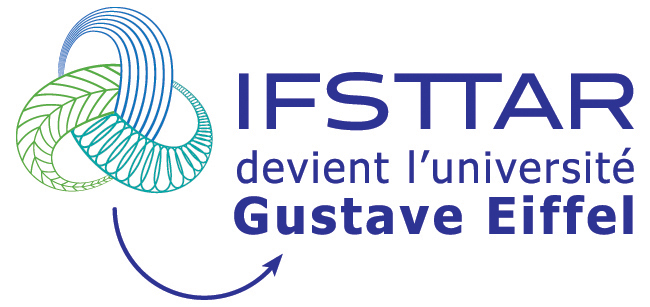Predictive factors for thrombosis and major bleeding in an observational study in 181 patients with heparin-induced thrombocytopenia treated with lepirudin.
Résumé
The antithrombotic efficacy of lepirudin in patients with heparin-induced thrombocytopenia (HIT) is compromised by an increased risk for bleeding. A retrospective observational analysis in 181 patients (median age, 67 years) with confirmed HIT treated in routine practice with lepirudin was performed to identify predictive factors for thrombotic and bleeding complications. Lepirudin was administered at a mean (+/- SD) dose of 0.06 +/- 0.04 mg/kg/h (compared with a recommended initial dose of 0.15 mg/kg/h). Mean activated partial thromboplastin time was greater than 1.5 times baseline value in 99.4% of patients. Median treatment duration was 7.7 days. Until discharge from the hospital, 13.8% and 20.4% of patients experienced a thrombotic or a major bleeding event, respectively. On multivariate analysis, mean lepirudin dose was not a significant predictive factor for thrombosis. In contrast, mean lepirudin dose greater than 0.07 mg/kg/h, long duration of lepirudin treatment, and moderate to severe renal impairment were significant positive factors for major bleeding. Overall, these results suggest that the recommended dose of lepirudin in patients with HIT is too high; the use of reduced doses may be safer with regard to bleeding risk and does not compromise antithrombotic efficacy.
